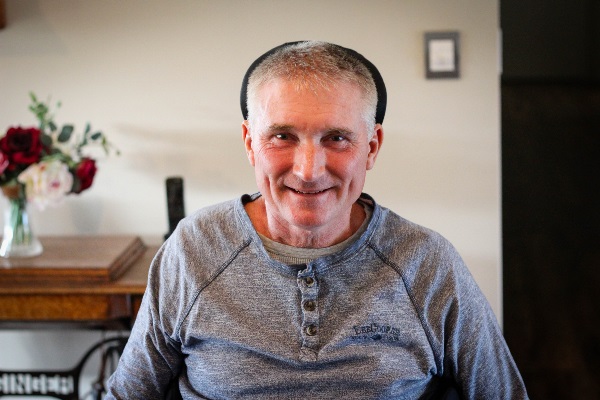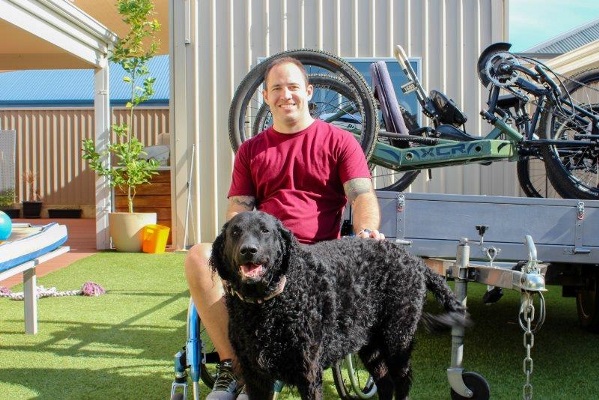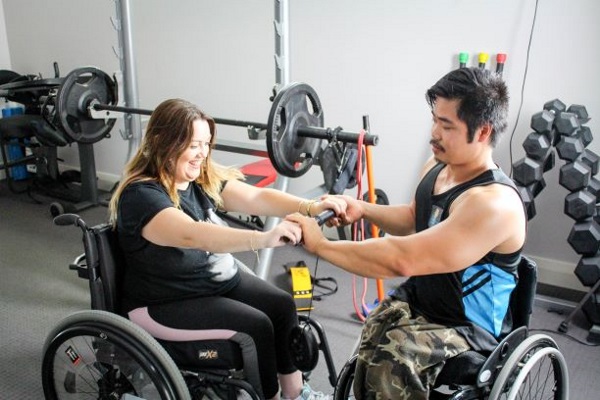Emergency Planning
Don't forget the AT!
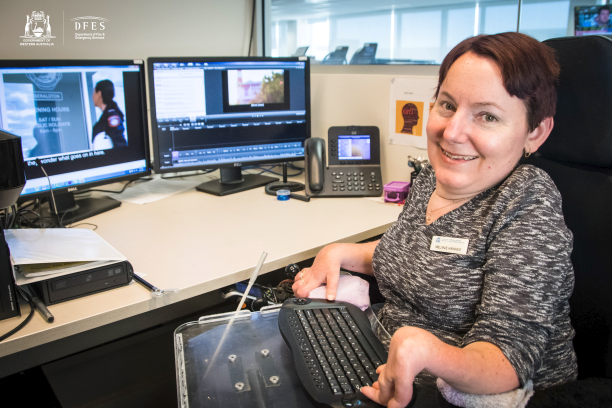
We asked our Chatterbox Members recently in a poll: Living with the challenges of COVID-19 alongside natural disasters, what AT advice can you give your peers to help them prepare for such an emergency? We got an excellent response and a wealth of helpful information which provides a snapshot of rural/city living and how that looks different when it comes to emergency planning. This is what our members had to say.
We spoke to AT expert and Chatterbox member Melanie who works with the Department of Fire and Emergency Services in WA about her perspective on emergency planning. Melanie said that planning is key.
“Prepare for the worst and hope for the best. Not everyone’s needs will be the same nor will the risks related to an emergency be different dependent on one’s location.”
“Be prepared for every situation and don’t think it won’t happen to you. In the case of fires, they don’t just happen in areas with lots of bush, fires can occur in suburbia and sparks can travel from home to home easier than you think,” she said.
“Make a plan and be prepared. There’s some great resources on the DFES website including a nice easy to use planning tool here. Did I mention plan, plan, plan!”
One of our valued AT Chat members, expert AT user Ricky Buchanan had some great tips and links to share. You can read more about her experience with completing a covid-contingency plan here. Ricky recommended the person-centred emergency preparedness toolkit, which is filled with valuable guides to assist people with disability (PwD) in times of emergency-planning.
Read about the emergency preparedness process here.
If you have NDIS funding Ricky also recommends using this to support your emergency accommodation including housing your AT if needed.

Some of Ricky’s tips are as follows:
- It’s not too late to make a list of what you need to do in an emergency. Have all the relevant phone numbers and emails in one place. You don’t want to be searching for things when you are stressed.
- Check out the templates and make yourself a little plan. It’s not too late – if you’re like me COVID-19 is not your only possible emergency. This video on disaster preparedness is very helpful too.
- Talk to someone else about it – so you are not trying to do it all alone. And send it to that trusted person so someone else has a copy and knows all about it. And share what you are comfortable with your providers.
- Stay safe!
Meet AT Chatter Taylah!
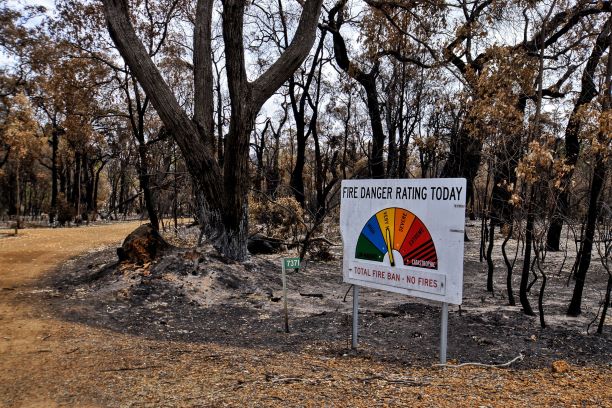
Taylah, Mid-North South Australia – AT Chat member
We live in a very small rural farming community and the topic of emergency planning has been a talking point at our community meetings lately. I have lived in the country most of my life, and it’s essential to know how to plan. In an emergency, such as a fast-moving bushfire, you don't have time to gather all the AT and any other items you may need to survive.
Here in South Australia, the Country Fire Service & State Emergency Services websites have templates and checklists to help plan, and they also have community engagement officers that you can speak to.
People need to be aware that you may not have time to gather, pack and leave. So, it really takes a lot of thought on what your individual needs and priorities are, and to put strategies and plans in place to allow for sudden unexpected events.
After getting caught in the Pinery Fire in 2016, I leave on extreme and catastrophic warning days and go to a relative’s house, as the emergency services will be too busy to help. I only have the absolute essentials ready to evacuate (including my pets). My AT that is not lifesaving or totally needed, I run the risk with. My AT is mainly my phone, computer and fall alert watch.
Taylah’s tips:
- I have a go bag that’s ready to leave immediately, and it has the basics for 48 hours, including all scripts, medical records and important papers that are kept in a waterproof folder in a small suitcase, ready to leave.
- Scan all documents and other important papers and make a couple of copies to put on USB, then leave these with a trusted person.
- Make a personal plan that is suitable for you and your family and stick to it.
- Leave well before you need to enact your plan, have a list of people who are happy to help you evacuate, and have a safe place that you can stay for a few days if needed.
- I have a very large market type shopping basket, and I keep everything in there on days that warnings are in place.
- Take photos and videos of everything so that you can remember and prove all that you had if the worst does happen.
- Most things can be replaced, but if you can't function without it, then it needs to be included in the ‘pack it’ list so it’s ready to grab and go.
Whether you live in the country, city, big town, farm, remote area - all ability levels and considerations are different for everyone.
You can create your own personalised plan on the Country Fire Service website here. Other states have similar options.
.jpg?sfvrsn=d53c55e5_0)
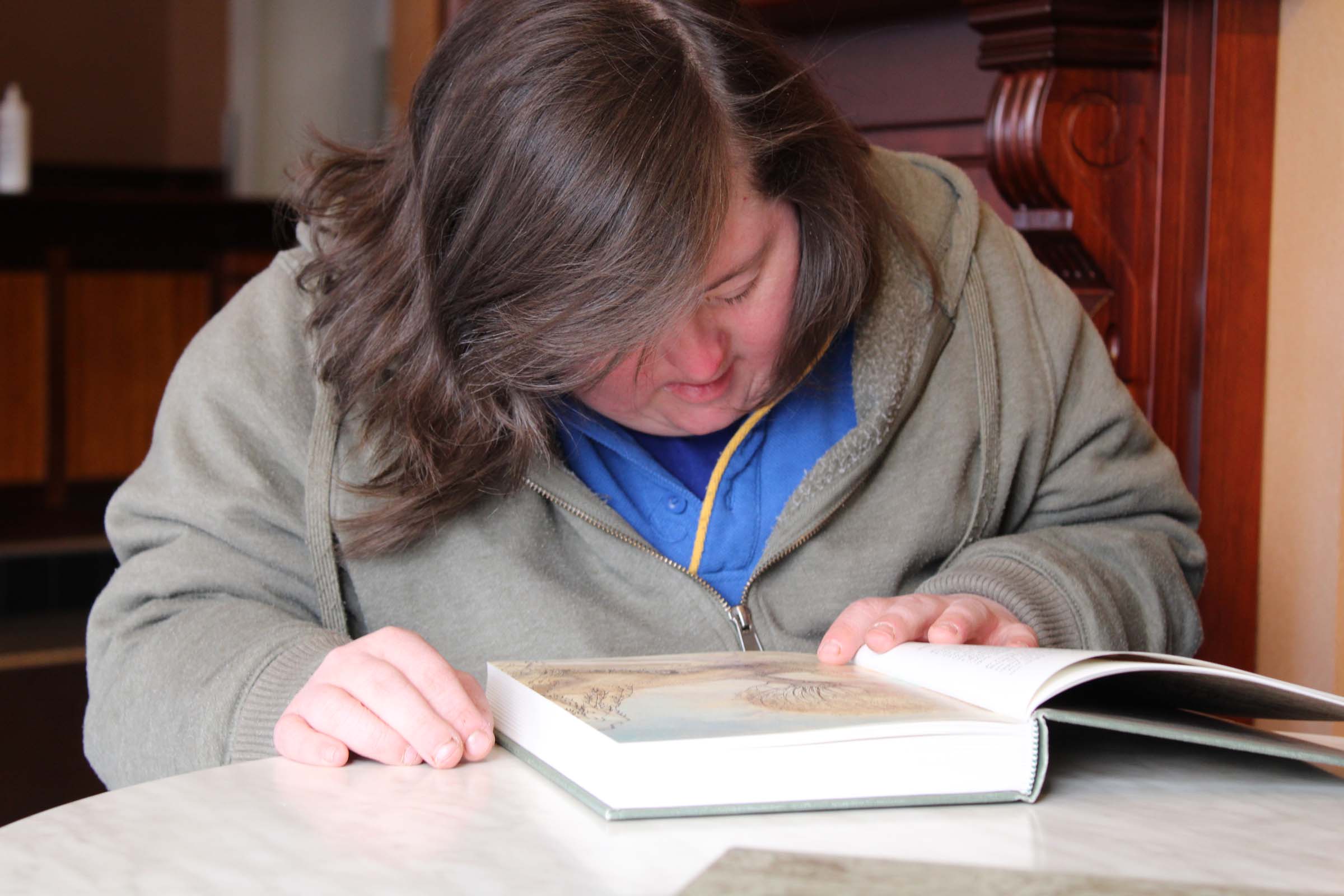
Meet AT Chatter Lynn!
.jpg?sfvrsn=c61996c0_0)
Lynn, Cairns – AT Chat member
Based in Cairns, Queensland, AT Chatter Lynn spoke to us about her experiences with her daughter Melisa, who lives in specialist disability accommodation (SDA) housing. It turns out that SDA housing can have its own complications when faced with power outages and emergency planning. Lynn shared her challenges that arose.
“Living in a new SDA home, a sudden unexpected blackout hit the entire suburb including this property for 32 hours, and luckily the house already had a small cyclone kit already prepared. We learnt the hard way though, that it was not fitted out enough,” she said.
“In case of emergencies, prepare an emergency kit well prior to cyclone or fire season, flood & include enough food etc to last 3 days.”
“Also ensure your home is registered with your relevant electricity company as a Life support property if necessary. You should be called for any planned outages in the areas well ahead.”
.jpg?sfvrsn=36c7731b_0)
Lynn’s tips:
- All instructions, even the simplest basic instructions for the property need to be clearly printed out, laminated and in an easy to find situation in case of sudden darkness.
- Emergency contact details and phone numbers, personal numbers of all contacts. Phone lines, especially fixed NBN lines may also go down, so make sure mobiles are kept charged including available car charges if possible.
- If needing accessible transport to evacuate, especially in rural/regional areas, maybe enquire if your local SES, or your local council can have you on a list. Also ensure either you call or they call you to ensure they have accessible transport organised well ahead of time if at all possible, to help you evacuate.
- Check they also have pet crates as well if you have animals who may need them. Remember in many evacuation centres, sadly animals may not be permitted.
.jpg?sfvrsn=7bb4e3aa_0)
.jpg?sfvrsn=20a00b01_0)
- In an automated SDA home, ensure backup manual keys are easy to find when the automatic doors need to be hand unlocked or locked.
- If a ceiling hoist is needed, make sure the portable hoist is always charged. Thank goodness, in my daughter’s new SDA home, the ceiling hoist has 3 days backup.
- Electric recliner chairs can be an issue, especially if residents can't self-transfer, but a battery portable hoist was available in this SDA thank goodness.
“Be aware! In TC Yasi, January 2011, in far north Queensland, the Red Cross activated a service 24 hours previously to expected crossing in Melbourne for us to register all our details and next of kin who were out of the danger area. It was comforting to know if we were totally cut off, someone knew where we were last and who to contact,” Lynn said.
Why plan?
Being prepared and planning for an emergency is both the responsibility of the individual and community as a whole. After the recent devastating flooding in Eastern Australia, we have been reminded as a community to be prepared, look after one another and not take these big weather events for granted. Some people who have challenging health issues and live with a lot of AT that is vital to survival and their livelihood, need more support and preparation than most.
Planning can help you identify what resources you have and what you need help with. Some key points to consider are:
- Knowing what your risks are, is your area prone to fires or flooding?
- Information is king in natural disasters; do you know where to find it and how to use it?
- Is your home prepared for an emergency? Are you gutter clean? Do you have a clear protection area around your house?
- Do you have an emergency kit at the ready including essential and precious items?
-This could include your prescriptions and any vital AT
If you have identified that you are at risk of a bushfire emergency, the Australian Red Cross is doing their part too and have provided the following information:
Register.Find.Reunite:
Register with Register.Find.Reunite to let your family and loved ones know you're okay and where you will be relocating to via https://register.redcross.org.au from any computer or mobile device or in person at the temporary evacuation centre. You can also find loved ones who may have been planning to be in the area of an incident and enquire about their whereabouts. This service becomes live when there are active emergencies in Australia.
Stay up-to-date in your local area through your State emergency websites below:
- www.dfes.wa.gov.au
- www.emergency.vic.gov.au
- www.ses.tas.gov.au
- www.sa.gov.au
- www.nt.gov.au/emergency
- www.qld.gov.au/emergency
- www.esa.act.gov.au
- www.emergency.nsw.gov.au
Being prepared and knowing your needs is an essential component of managing risks and ensuring your safety during an emergency. We hope that by gathering the helpful tips from your community about emergency planning, you can stay safe, stay connected and be prepared.
Our Facebook group Chatterbox is open to all assistive technology (AT) users. If you would like to join the AT chat to share your experience and connect with your peers about an AT solution please follow the link below and join this amazing community.


